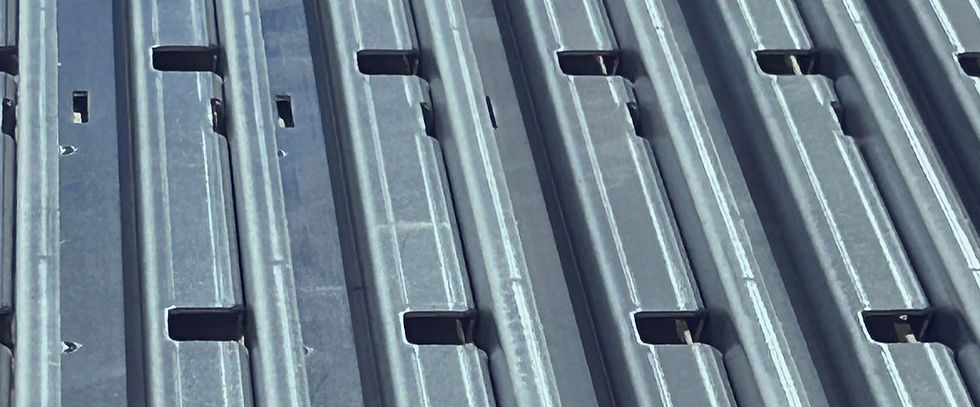Navigating Material Shortages in Metal Manufacturing: Strategies for Procurement and Substitution
- Adriana Gutierrez, Digital Media Producer

- Mar 28
- 2 min read
Updated: May 6
Material shortages have become a significant challenge for the metal manufacturing industry, disrupting supply chains and impacting production schedules. To maintain operational efficiency and meet customer demands, manufacturers must adopt proactive strategies for procurement and material substitution.

Understanding the Causes of Material Shortages:
Global Supply Chain Disruptions
Pandemics, geopolitical tensions, and trade disputes can lead to significant disruptions in the flow of raw materials.
Increased Demand
Growth in industries like automotive, aerospace, and construction can strain the supply of certain metals.
Limited Production Capacity
Insufficient mining and processing capacity can exacerbate shortages.
Transportation Bottlenecks
Logistics challenges can delay the delivery of materials.
Strategies for Effective Procurement:
Diversify Supplier Base
Reduce reliance on single suppliers by establishing relationships with multiple vendors.
Explore domestic and international sourcing options.
Strengthen Supplier Relationships
Foster open communication and collaboration with suppliers to ensure reliable material availability.
Establish long-term contracts and strategic partnerships.
Improve Demand Forecasting
Utilize advanced forecasting tools to anticipate future demand and adjust procurement strategies accordingly.
Share forecasts with suppliers to improve their production planning.
Optimize Inventory Management
Implement robust inventory management systems to maintain optimal stock levels.
Consider safety stock and just-in-case inventory strategies.
Explore Alternative Sourcing
Investigate the feasibility of sourcing materials from recycling and scrap metal markets.
Develop relationships with local suppliers and distributors.
Leverage Technology
Utilize digital platforms and supply chain management software to enhance visibility and streamline procurement processes.

Strategies for Material Substitution:
Evaluate Alternative Materials
Research and identify alternative materials that can meet performance requirements.
Consider factors like strength, durability, and cost.
Conduct Thorough Testing
Perform rigorous testing to ensure that substitute materials meet quality and performance standards.
Validate material substitutions with customers.
Adapt Manufacturing Processes
Modify manufacturing processes to accommodate the properties of substitute materials.
Invest in new equipment and tooling as needed.
Collaborate with Engineers and Designers
Work closely with engineers and designers to ensure that material substitutions do not compromise product functionality.
Communicate material changes to customers.
Focus on Standardization
Where possible, utilize more common, and readily available materials.
Early Design Phase Material Considerations:
When designing new products, consider the likely long term availability of the materials being specified.
Key Takeaways:
Proactive procurement and material substitution strategies are essential for navigating material shortages.
Diversification, collaboration, and technology are crucial for building resilient supply chains.
Thorough testing and communication are necessary when implementing material substitutions.
By implementing these strategies, metal manufacturers can mitigate the impact of material shortages and maintain a competitive edge.






